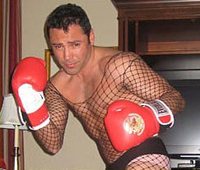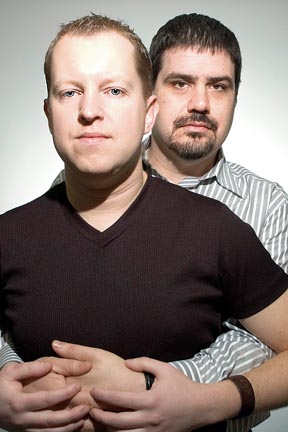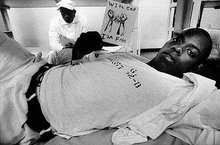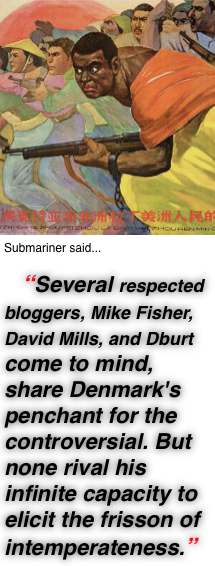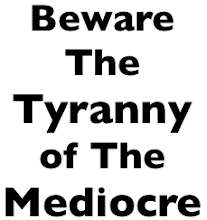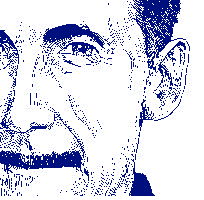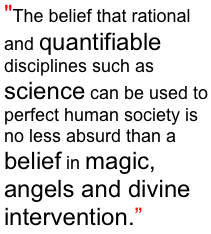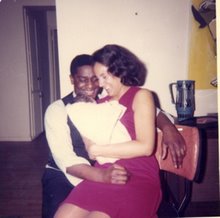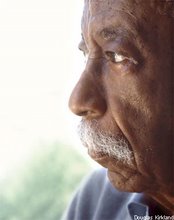
While in London, Garvey met
Duse Mohammed Ali, editor of the African Times and Orient Review. Ali, an Egyptian scholar, introduced Garvey to many ideas that played an important role in Garvey’s future thinking.
This background gave Garvey the tools he needed to become one of our true 20th century freedom fighters. Garvey arrived in
Harlem, New York, on
March 16, 1916.By 1919, Garvey was well established as the President General UNIA/ACL which had a
membership of over
three million people with more than
300 branches throughout the African World Community.
Perhaps Garvey’s greatest contribution to the uplifting of our people was his ability to find a formula for organizing around the African principle: the greatest good for the greatest number. This was reflected in the first International Convention of Negro Peoples of the World in
Madison Square Garden, in New York in
1920. Over
25,000 Black people from all over the world witnessed the choosing of red, black, and green as the colors of the Provisional Government.
In this context, Garvey and the UNIA/ACL had established an economic arm, the Negro
Factories Corporations, with cooperative stores, restaurants, steam laundry shops, tailor shops, dressmaking shops, millinery stores, a doll factory to manufacture Black dolls, and a publishing house. Also, Garvey had formed a steamship corporation.
The goals and objectives of the UNIA had now become clear to the world. As Shawna Maglangbayan points out, "... the Garvey movement and UNIA had become a threat to the white world."
With the
cooperation of "Negro leaders," on February 8, 1925, Marcus Garvey was arrested and convicted for mail fraud and imprisoned in Atlanta, Ga.
With a great movement of support by his followers, Garvey was released from prison in 1927, but immediately deported from the United States and sent back to Jamaica to continue his work. While in London, on June 10, 1940, Garvey lapsed into a coma and made his transition into eternity. -
By Dr. Conrad Worrill
 I was just agreeing with, was it Ed?, about who the media white folks like to push, and the homo-erotic thing they got going.
I was just agreeing with, was it Ed?, about who the media white folks like to push, and the homo-erotic thing they got going. Really Mike? that's interesting!
Really Mike? that's interesting!





















